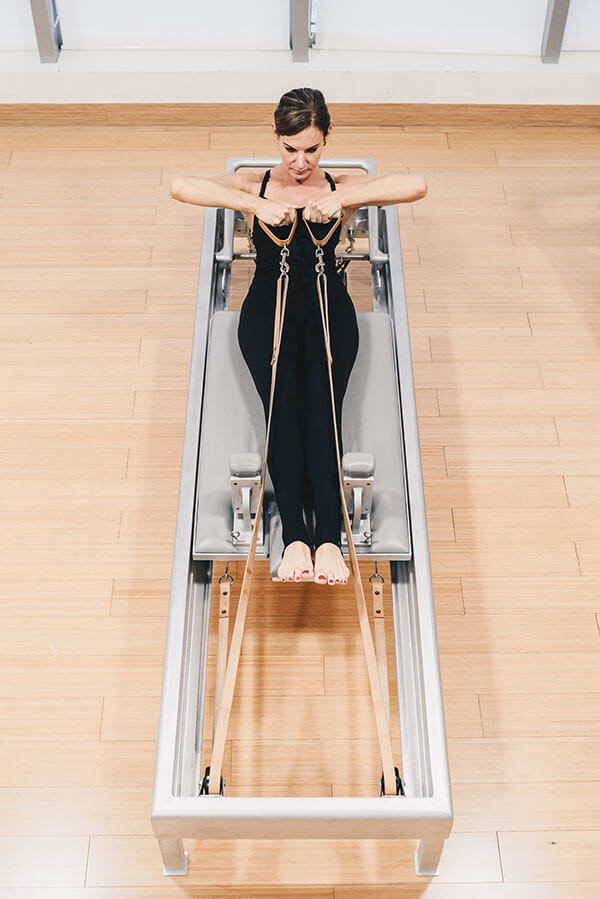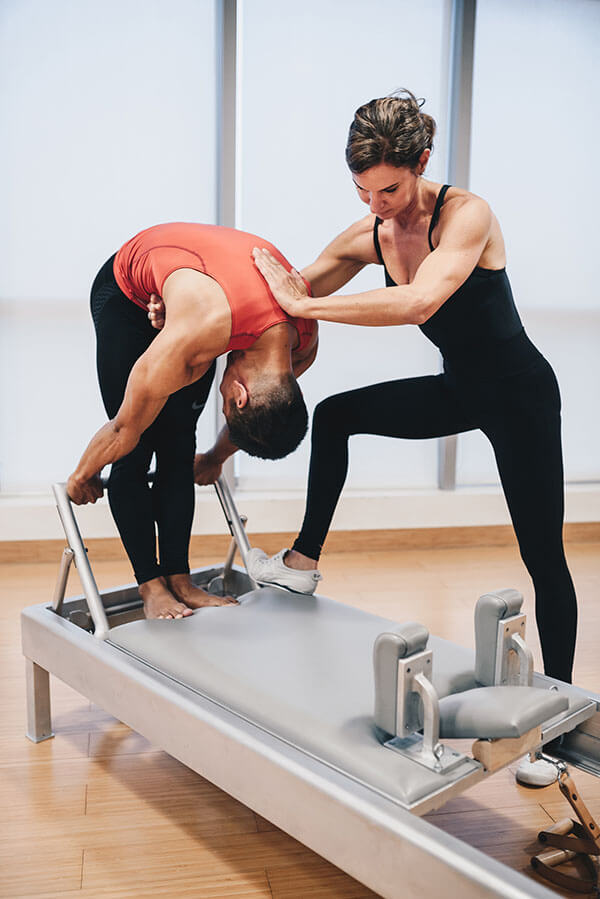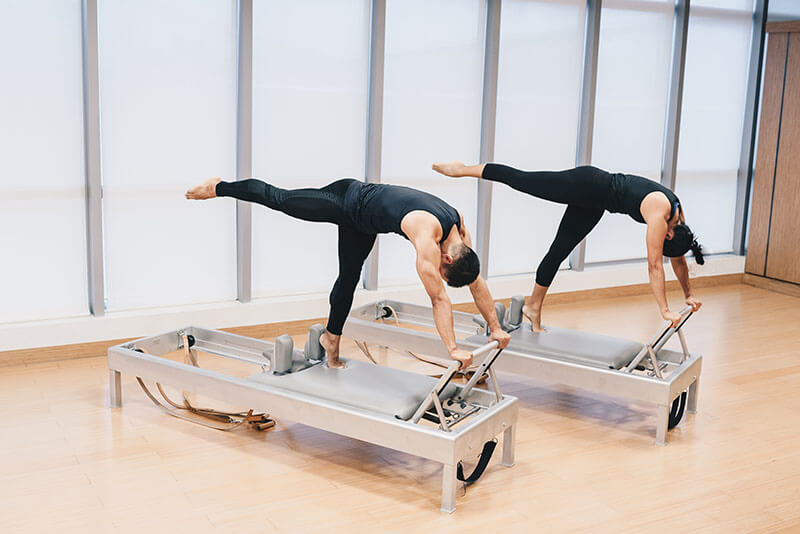[vc_row css_animation=”” row_type=”row” use_row_as_full_screen_section=”no” type=”full_width” angled_section=”no” text_align=”left” background_image_as_pattern=”without_pattern”][vc_column][vc_empty_space][/vc_column][/vc_row][vc_row css_animation=”” row_type=”row” use_row_as_full_screen_section=”no” type=”full_width” angled_section=”no” text_align=”left” background_image_as_pattern=”without_pattern”][vc_column][vc_empty_space][vc_single_image image=”23214″ img_size=”600×400″ alignment=”center” qode_css_animation=””][vc_empty_space][/vc_column][/vc_row][vc_row css_animation=”” row_type=”row” use_row_as_full_screen_section=”no” type=”full_width” angled_section=”no” text_align=”left” background_image_as_pattern=”without_pattern”][vc_column width=”1/4″][vc_empty_space][/vc_column][vc_column width=”1/2″][vc_column_text]Director of FLEX Studio Heather Shalabi breaks down Intelligent Movement – the fastest route to reaching fitness goals
This article is the second installment of a 2-part series. Read Part 1 here.
Last month, we interviewed FLEX Studio’s Director and Co-founder Heather Thomas Shalabi on Intelligent Movement – a trend among athletes and high performers in the fitness industry. According to her, practicing Intelligent Movement is the most energy-efficient way to build and tone muscle.
Part 2 of our Q&A with Heather looks at the trend among fitness centers, which have recently adopted a dedicated “Intelligent Movement” approach to their programming. This is typically comprised of a range of integrated services that complement one another, from conditioning and physical therapy or rehabilitation to nutrition and wellness counseling.
Nowadays, studios tend to offer specialized services including pre/post natal, enhanced sports performance, injury recovery and prevention, children’s and teen’s fitness, postural screenings, and occupational therapy.
Where does Intelligent Movement feature in all this? “Peak performance comes from intelligence,” Thomas Shalabi says. “It’s about transforming your intention into action.”
In this edition, she delves deeper into the concept:
Last month you mentioned that Intelligent Movement is a union of mind and body. The physical part of coming into the studio or gym to train is obvious enough, but how can we mentally prepare ourselves to practice Intelligent Movement?
We can start by recalibrating our understanding of the body – and I mean the physical structure of the body itself. People often consider their bodies as mechanical beings, comprised of levers (bones) and pulleys (muscles), with movement around the joints. This is a simplistic approach on a surface level of the body.

How should it be, then?
We should start looking at the body as a tensile structure – meaning it is under tension, and has the potential to be stretched and expanded. Machines don’t do that… the body’s depth of movement is much greater. Optimally, every part of the body exerts just enough pressure on the other, be it cell on cell, or fascia on muscle, muscle on bone. Our body instinctively keeps itself in a perfect state of balance.
How does Intelligent Movement fit into all this?
In this optimal state, the body’s intricate web of connections allows for nearly limitless, multi-planar movement. That includes twisting, stretching, flexing, lengthening and shortening.
Intelligent Movement incorporates conventional kinesthetic training concepts of flexibility, balance, strength-building, alignment and endurance. But, it adds another dimension, which is recognizing the body’s innate ability to organize itself organically. This promotes coordinated efficiency and elegance, all elements working in harmony with one another.
What are the benefits of this harmony and coordination?
The body becomes able to move pain-free and enjoyably! We’ve all seen the way great athletes move – they seem effortless, right? That’s because their bodies work in total harmony, with well-calibrated movement.
We all know too that athletes are not only in peak physical condition – they also need to have extremely high levels of concentration. That’s what sets Intelligent Movement apart from everything else.
How do you train clients according to the principles of Intelligent Movement?
We work not only on the hardware of the body, but also with the software of the mind. Just think – we can use the mind’s power to profoundly affect they way we use our bodies.
For example, if we conceptualize our extremities – arms and legs – as mere levers and pulleys, we will only move them mechanically. If we view and move them three-dimensionally, according to our tensile model, our range of movement will be much greater and more fluid.

Can you some DIY workouts that operate under this principle?
Increasingly, the training involves key foundational movements: push, pull, squat, lunge, rotate and bend. Primal movements you can find in everyday workouts!
What kind of process do people need to go through to arrive at “unconscious, natural performance”?
In the “language” of Pilates, the process of learning consists of four stages. It’s good to go through them and ask yourself, “At which stage am I currently performing?”
The first is “Unconscious Incompetence” – when people are starting out and have no idea what they’re doing, and can’t differentiate right execution from wrong.
The second is “Conscious Incompetence” – you gain awareness of how you should be working out, and realize that you’re not there yet, but are working towards it.
The third is “Conscious Competence” – constantly focusing on doing it right and consciously correcting yourself, which enables you to exercise correctly.
The fourth and final stage is “Unconscious Competence” – the right way has already become natural to you… the mind and body work cooperatively, each helping to keep the other healthy.
Any final words on Intelligent Movement to close?
A couple of quotes come to mind! In Pilates we have a saying “as much as necessary, as little as possible.” In other words, be efficient!
And finally, we’ve all heard the expression “Mens sana in corpore sano.” In Latin, this translates to “a sound mind in a sound body.”
Heather Shalabi is the Co-Founder and Director of Flex Studio. Elevate your practice with her during her Intermediate Reformer & Mat Pilates Intensive from July 22-August 2 at One Island South. For more information, click here.
[/vc_column_text][/vc_column][vc_column width=”1/4″][vc_empty_space][/vc_column][/vc_row][vc_row css_animation=”” row_type=”row” use_row_as_full_screen_section=”no” type=”full_width” angled_section=”no” text_align=”left” background_image_as_pattern=”without_pattern”][vc_column][vc_empty_space][/vc_column][/vc_row]
